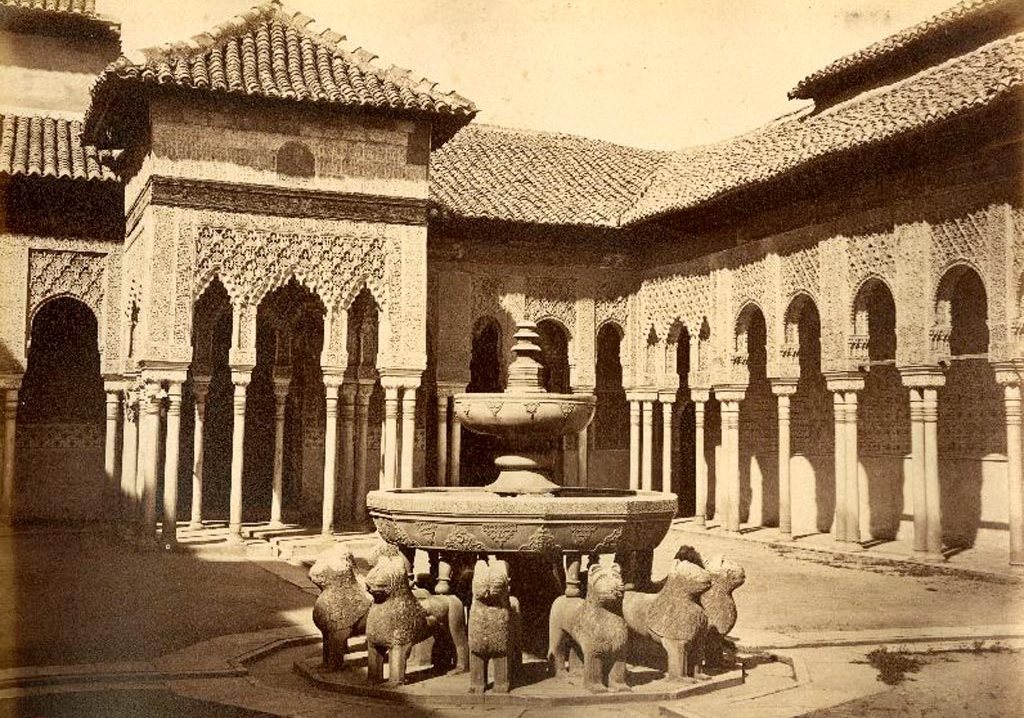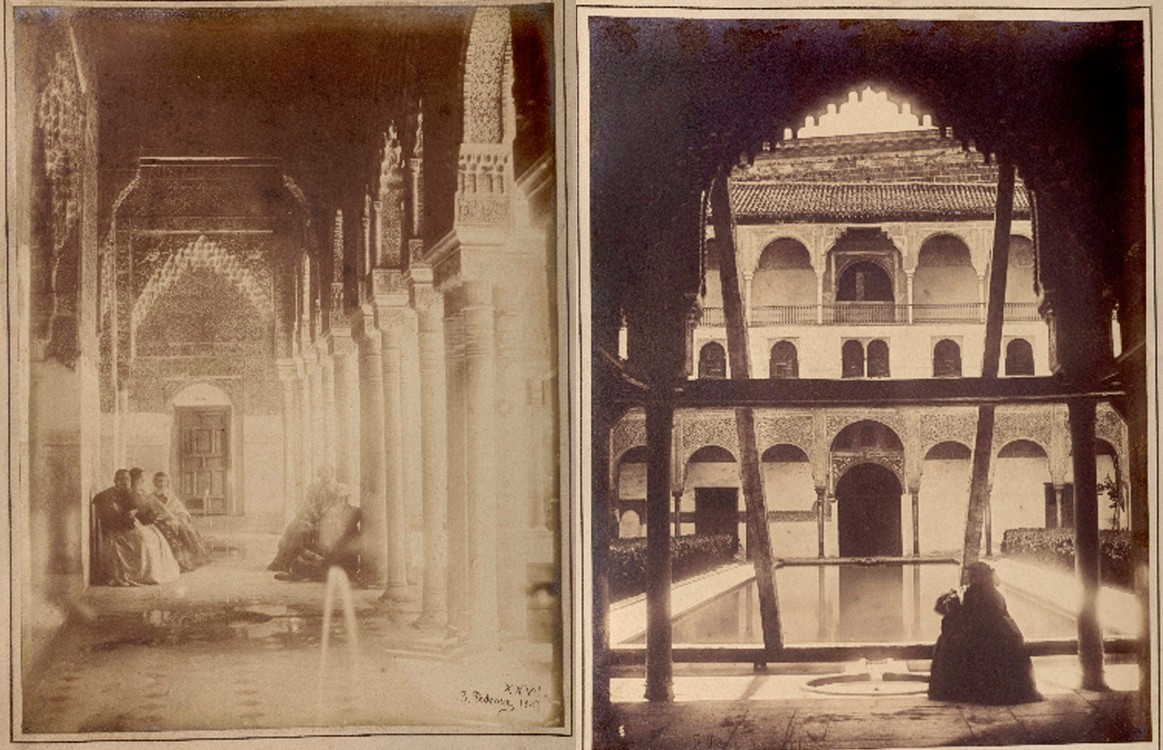The Rauda at the Alhambra. Royal Cemetery
Every dynasty founds palaces or a citadel so it can be recognised by subjects and contemporaries, and dynasties also usually create a mausoleum or common burial place for its most prominent members. This ensures that the unity and continuity of the family or group that holds power over others can be visualised. Both are part of the image and propaganda system used by the
Nasrids in the Middle Ages: they founded and built palaces in the Alhambra, to stand before Granada in the eyes of the city’s inhabitants, and once dynastic continuity had been consolidated,
they constructed a funerary pantheon known as the Rauda.
The place name literally means “garden” but was often used to describe an enclosed burial place with associated architecture, surrounded by landscaped areas. There must have been a rauda
in the maqbara on Sabika Hill but the one referred to here is located to the north-west of the Great Mosque of the Alhambra. It is separated from the Royal House by Calle Real Baja, which in turn acts as a moat between it and the Partal palaces. Its foundation date is ambiguous and it is attributed by some to Ismail I, i.e. from the beginning of the 14th century, and to Muhammad V by others.
Before it was constructed, Muhammad I, founder of the dynasty in the second quarter of the 13th century who constructed part of the buildings of the Alhambra and died in January 1273, was buried
in the cemetery on Sabika Hill. His successor, Muhammad II, who died on 8 April 1302, according to Ibn al-Khatib “was buried in an isolated tomb in the pantheon of his ancestors, east of the Royal
Mosque, in the gardens adjoining the Royal House.” This step was not continued by the following sultans and Muhammad III, who was dethroned by his brother Nasr on 14th March 1309 and was
assassinated in January 1314, was buried next to his grandfather in the Sabika Hill family pantheon.
The new king – Nasr – died in the midst of the internal conflicts that shook the kingdom in the first quarter of the 14th century, when he was “exiled” in Guadix. He was buried in the mosque of its citadel until he was also transferred to the family pantheon on Sabika Hill. He was succeeded by Ismail I, who acceded to the throne after leading an uprising against his predecessor and who
carried out important military campaigns in the lands of the Upper Guadalquivir, the 1325 siege of Martos being of particular note. After this campaign, he was assassinated in his royal house and buried in the Rauda of the Alhambra. After Ismail I, it appears that all the following sultans used the Rauda royal cemetery; Muhammad IV, Yusuf I, possibly Muhammad V and Yusuf III were certainly buried there, at least.
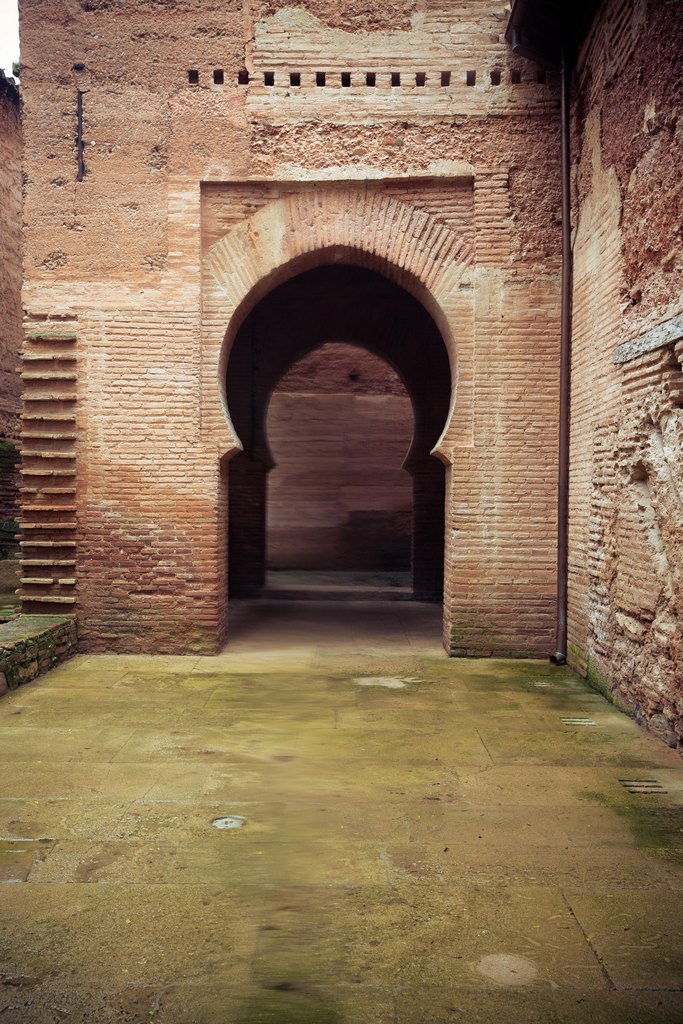
It is possible that the anomaly of Muhammad II’s burial in this site rather than the Sabika Hill family pantheon is related to Ismail I’s desire to secure his legitimacy on the throne as the
grandson of the son of Alhamar, who may have moved his grandfather’s grave to the new pantheon.
If this is the case, Ismail I founded the Rauda and all his successors continued to use it afterwards.
After the conquest of Granada, Boadbil exhumed the remains of his ancestors and took them with him into exile to a rauda that his wife owned in Mondújar, at the foot of the castle that his father, Muley Hacén, had ordered to be built. Following this period, in Castilian times, the Alhambra Rauda was used as an apartment building, falling into ruin with the passing of time.
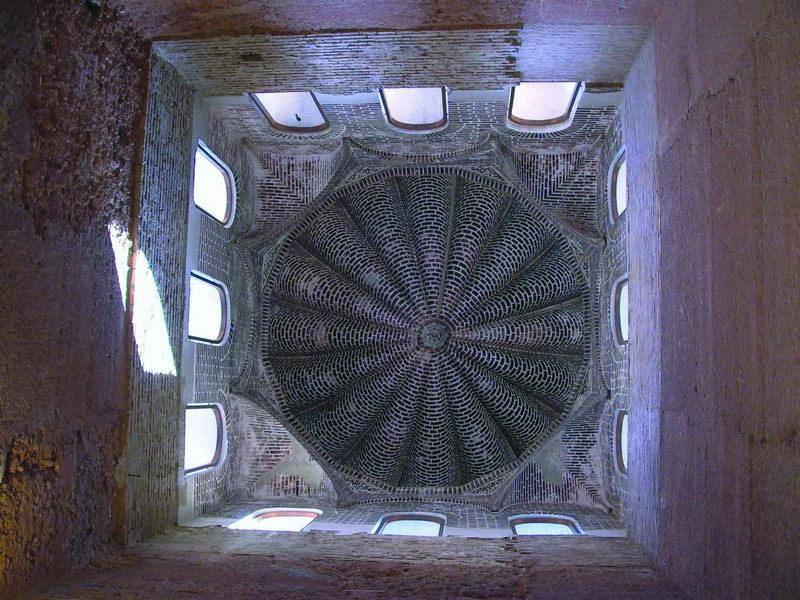
Mariano Contreras rediscovered the royal pantheon in 1887, but it was Leopoldo Torres Balbas who excavated and restored it in 1925.
It is a rectangular building with a south-east to north-west orientation. A square space is conserved in the centre, probably a qubba that was open at the sides and covered with a dome, and
there are three tombs below ground level. It is entered from Calle Real through a slightly pointed, scalloped horseshoe arch with brick sebka panels in the spandrels, leading to a small vestibule that led directly to the interior of the pantheon. At the north-west end there are three openings that correspond to three occupied rooms, the central room has two tombs and the side rooms have one tomb each. Another enclosed garden-like space was located to the south-east of the building and when excavated it was found to be filled with ancient tomb pits, just like the interior of the
mausoleum. About seventy trapezoid-shaped tombs were identified at a depth of 1 to 1.5 m and all were empty, except for one.
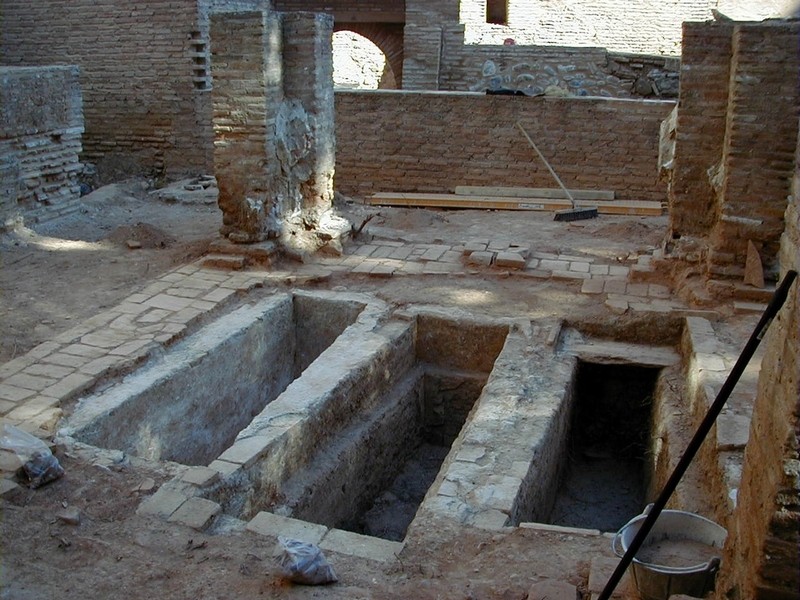
Between 1999 and 2000 it was excavated again, this time to support the Rauda restoration work. During these works a new tomb appeared and it was possible to analyse some details of the
building and Torres Balbas’s excavations. Its structures were consolidated and treated, giving it its present appearance, and priority was given to identifying the central space of the mausoleum and locating the tombs that, due to their position, seem to be those of the highest social rank. Some of the tombstones from the royal tombs are preserved in the Alhambra Museum, and some, not all, have epigraphs.
The final destination of the sultans’ remains after the conquest
But what happened to the remains Boabdil exhumed of his ancestors and had reburied in Mondújar? Information about this historical event is known thanks to a series of documents studied
by M. Gómez Moreno and some references preserved with the passing of time that, even well into the 16th century, established Mondújar as the place where they were reburied. According to these, when the dethroned king left for his estate in Laujar de Andarax, his wife died and was buried in a rauda in this village, together with the remains of his ancestors. This place is today known as Cerrillo de Mondújar, which is on the left when you head down to the coast. In fact, there is an Islamic maqbara here and grave kerbs and funerary stelae from this cemetery were reused in the castle, located at the highest point of the village, during the Christian period.
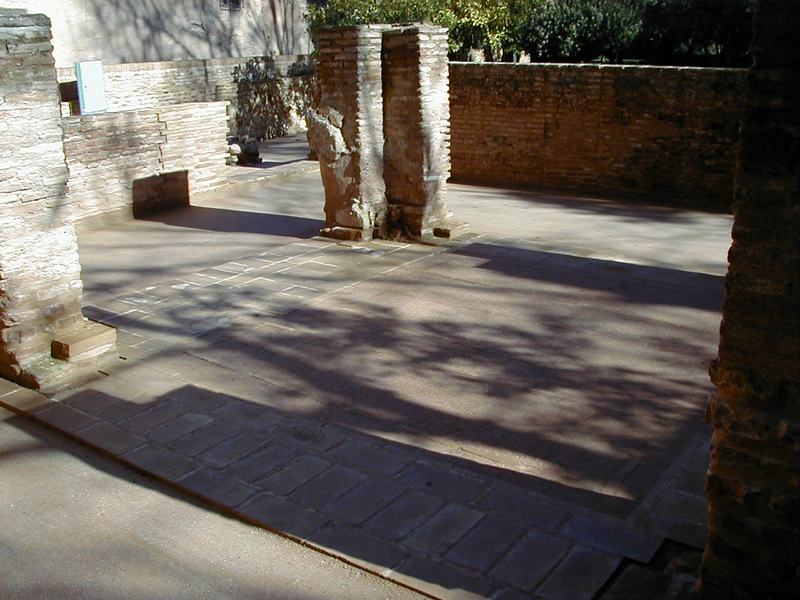
When the motorway was built in 1998/99, archaeological excavations were carried out that revealed that, firstly, the cemetery had already been partially destroyed when the old road was built, and secondly, that there was a unique and special maqbara here, with very complex or orthodox burial systems, together with numerous graves that contained no human remains. At the time, it was suggested that this could possibly be the place where the remains transferred from the Alhambra were buried, but no evidence was found to corroborate this, such as piles of bones. This means it will never be known whether these remains were destroyed when the first road was built, or if Boabdil retraced his steps to take them with him when he sailed for Fez for good. Either way, no remains of the ancient Nasrid dynasty have been preserved.
Autor del artículo: Ángel Rodríguez Aguilera
Learn more:
The 1925 excavations were published by the architect in: TORRES BALBÁS, L., “Paseos por la Alhambra. Una necrópolis nazarí: la Rauda”, Archivo Español de Arte y Arqueología, no.6, 1926.
GÓMEZ MORENO, M., “El cementerio real de los nazaríes en Mondújar”, Al-Andalus, VII, 1942, pp.269-281, is indispensable for historical data that suggest the remains were transferred to Mondújar.
The process of restoring the Rauda can be followed in SALMERÓN ESCOBAR, P., and CULLELL MURO, M., “La Rauda de la Alhambra. La memoria del lugar como base de la intervención”, Cuadernos de la Alhambra, nº36, Granada, 2000, pp.71-110.
Regarding the archaeological excavations in Mondújar, these were never published in detail and there is only a small preview in RODRÍGUEZ AGUILERA, A., BORDES GARCÍA, S., and QUERO ENDRINO, F., “El programa de medidas correctoras de impacto arqueológico de la autovía Bailén-Motril. Section Dúrcal-
Ízbor”, Bibataubín, 2, Granada, 2001.





 Contact
Contact






